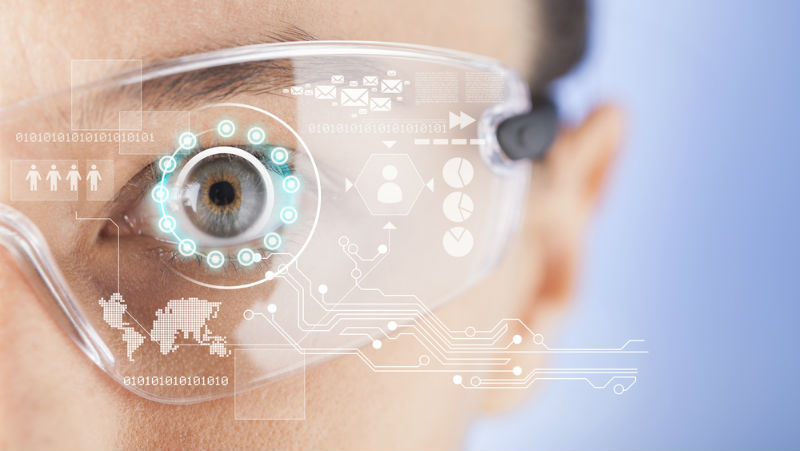How augmented reality will impact independent software vendors
2020 provided opportunities to independent software vendors

While 2020 was incredibly challenging, it also offered immense opportunity to independent software vendors (ISVs) who innovated and adapted their offerings to meet new customer requirements. One particular trend that significantly accelerated was the use of augmented or assisted reality (AR). AR has been used more extensively over the last year as ISVs and their customers evolve to new ways of conducting business. This technology is increasingly being relied upon to support remote assistance in field service and provide guidance for hands free manufacturing operations. For ISVs who have not already enabled AR in their applications, now is the time to meet the needs of customers increasingly demanding support for the technology.
Long-term drivers of AR
Early adopters of AR were already active prior to COVID-19, but the global pandemic increased interest in the technology as many manufacturing operations and field maintenance managers recognized the significant value of remote access to experts who were now no longer able to visit in-person. AR support for remote access will be hugely important in 2021 as business travel will continue to operate at lower levels due to safety concerns. What’s more, even after the pandemic is long over, AR will continue to remain a popular choice for the specialists who are either less willing to travel frequently or are nearing retirement.
In addition to an aging workforce, the need for real-time access to an expert is another factor driving the use of AR in the manufacturing sector. In situations where equipment breakdowns need to be fixed as quickly as possible, the ability to bring the right expertise to the equipment digitally using AR can expedite a return to normal operations. For the facilities where equipment breakdowns can cost millions of dollars in lost production, having live and readily available access to expert support is critical.
The emergence of head-mounted displays
While AR can be used on a consumer smartphone or an enterprise-class mobile computer, the true value for remote-expert assistance becomes apparent when the field operator can go hands-free. In many instances, ISVs and their customers are now beginning to turn to highly innovative head-mounted displays (HMDs), which can either be worn directly on the head or attached to employer-issued safety glasses. Fortunately for ISVs and their field service customers, the continued and growing use of AR for field maintenance came at a time when HMD technology features, performance and cost began to mature.
The market is now seeing more HMD suppliers enter with a variety of technical approaches, making it easier for ISVs and manufacturing customers to find the right provider for their needs. ISVs looking to adapt their AR solutions for use on an HMD instead of a handheld device may need to utilize the software development kit (SDK) from those HMD vendors to make full use of its many features. Choosing the optimum HMD and investing the time in working with their SDK is a key decision for ISVs. They need to really consider which ones they want to select and ultimately which will be the most effective for their customers.
- We've featured the best business VR headsets.
Generally, the most challenging factor in the process of choosing the right HMD is its weight. The most conventional approach has been to design head-mounted displays with all the component parts contained within the head-mounted unit. This makes them inherently very bulky and heavy and only allows them to be comfortably worn for shorter periods of time .
However, this makes them less than ideal for full shifts. As HMDs become the device of choice for AR applications, some HMD suppliers have begun to create “de-constructed” wearable devices that are able to put the bulk of the computing power and battery on the user’s belt, with only the optical parts of the assembly attached to the head. This radical approach makes the HMD lightweight, which means that it can be designed to be worn comfortably for much longer periods of time. This shift in design will be a critical component for broader AR adoption, which will provide much more opportunities for ISVs who can incorporate the technology into their solution.
Sign up to the TechRadar Pro newsletter to get all the top news, opinion, features and guidance your business needs to succeed!
ISVs who wish to bring AR in their line-of-business applications can choose to either develop the AR capability themselves from the ground-up or team up with an AR-specialist vendor. Developing AR capabilities is a relatively new investment for ISVs. Working with an AR specialist can help ISVs get to market much more quickly, reduce cost of investment as much as possible, and help them to learn as they go. In time, it will also be easier for ISVs to decide if they want to build an in-house solution for the long term.
- James Pemberton, Director of ISV Strategy, Zebra Technologies.
- We've featured the best business VPN.
James Pemberton, Director of ISV Strategy, Zebra Technologies.
